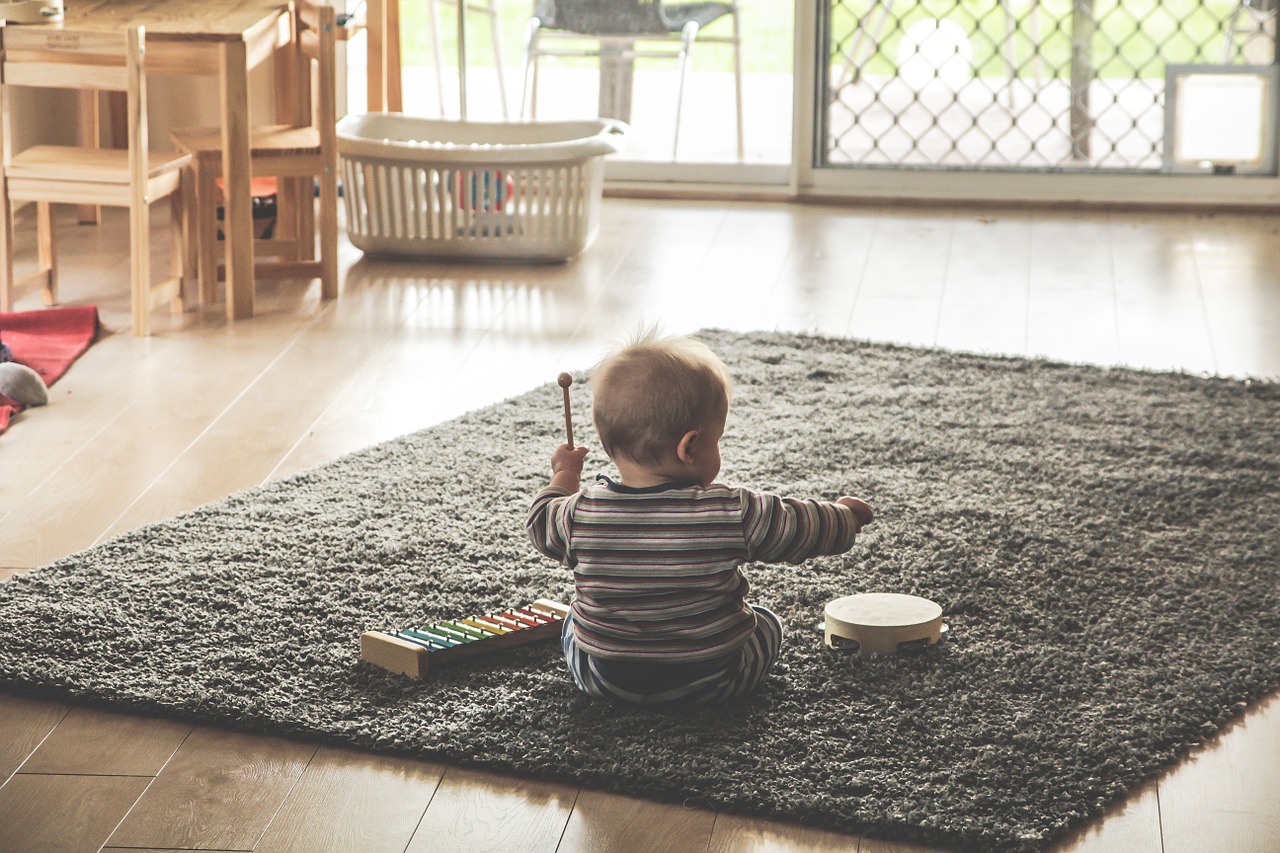If you’re a parent, you probably consider worrying one of your hobbies and protecting your kids your unofficial job. Although the world can be a dangerous place, accidents are just as likely to happen at home as they are at school or on the playground. Following a few of these suggestions will help make your New Jersey home safer for your kids.
Take Steps to Reduce Falls
Falls are the most common non-fatal injuries in the 0 to 19 age range, according to the Eunice Kennedy Shriver National Institute of Child Health and Human Development. The risk of falls can be reduced if you:
- Use safety gates at the top and bottom of steps if your children are young.
- Securely attach loose carpeting, or remove it and install hardwood or tile floors instead.
- Add banisters and railings to elevated areas of your home.
- Fix wobbly railings, and make sure that your kids can’t fit through balusters.
- Remove clutter from floors.
- Add carpeting or runners to staircases to reduce falls and provide cushioning.
- Place window guards in second floor windows.
- Keep furniture away from windows.
- Don’t let your children play on staircases.
- Use non-slip flooring throughout your home.
Make Your Bathroom Safer
Falls can also occur in slippery shower stalls and bathtubs. Reduce falls by adding grab bars to walls and placing non-slip adhesive decals or strips on the bottom of the bathtub or on the shower floor. Use flooring that doesn’t become slippery when it’s wet. If you choose natural stone for the floor, pick textured stone rather than tiles with a smooth finish.
Toddlers often view the toilet as just another place to splash or sail toy boats. Unfortunately, young children can drown easily if they happen to topple into the toilet bowl headfirst. Prevent accidents by installing toilet locks on all of your toilets, even in bathrooms your child doesn’t enter normally.
Burns are another potential bathroom hazard, particularly if you use the higher settings on your water heater. For safety’s sake, follow the Burn Foundation’s recommendations and set your water heater no higher than 120 degrees Fahrenheit.
Replace Old Blinds
Blinds controlled by strings pose a strangulation risk for young children. Although many of these types of blinds have been recalled, older homes may still have them, or new homeowners may bring the blinds from their former homes.
When replacing your blinds, look for safer options, such as window coverings that can be raised or lowered by pulling or pushing on the bottom rail. Although newer blinds may not feature any obvious cords, they may still be controlled by strings internally. For that reason, it’s best to keep cribs, furniture and toys away from windows and discourage children from playing with window coverings.
Create a Safe Play Space for Your Child
In addition to eliminating hazards throughout your home, consider adding a designated playroom to your home. Cover the floor with soft carpeting, cork or colorful rubber mats. If your home doesn’t feature tamper-resistant electrical receptacles, add covers to your outlets to prevent shocks or serious injuries. Make sure furniture is well-padded and doesn’t contain sharp or hard edges. Add plenty of storage cabinets and options for toys. Look for cabinets, toy boxes and containers that are easy to operate and offer slow-closing hinges.
Prevent Tip-Over Accidents
Curious children love to climb on furniture or use it to steady themselves up when they’re learning to stand and walk. Unfortunately, unsecured dressers, TVs and other types of furniture can fall on kids, causing severe, potentially fatal injuries. Use anchors, brackets and straps to securely attach furniture to walls. Televisions should be securely mounted to the wall or to television stands.
Reduce the Risk of Kitchen Accidents
Sharp knives, boiling water and other hazards just may make the kitchen one of the most dangerous rooms in your home. Protect your kids by storing knives, cleaning products, dishwasher pods and spices (some of which are toxic if ingested in large amounts) in high cabinets secured by childproof latches.
Remove knobs from your stovetop as soon as you finish cooking to prevent your kids from accidentally turning on burners. A stove guard attached to the front of the stovetop provides an extra layer of protection against burns.
Are you looking for a safe place to call home? Newer homes are built with safety in mind and can help make your job a little easier. You’ll find plenty of safety features in one of Country Classics' brand new construction homes! Contact us today to learn more about building or buying your dream home in Central New Jersey!
Sources:
Eunice Kennedy Shriver National Institute of Child Health and Human Development: What Causes Pediatric Injury?
https://www.nichd.nih.gov/health/topics/pediatric/conditioninfo/causes
Burn Foundation: Safety Facts on Scale Burns














Leave a Comment